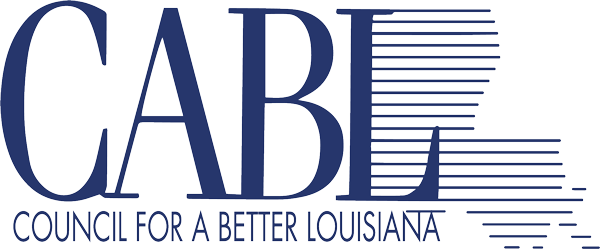
The biggest question that surrounded the recently completed school year was not a pleasant one to consider – how much would student scores decline because of the pandemic? State tests were not administered in 2020, so the scores in 2021 would be compared to 2019. Given all the classroom disruptions over the last year it was hard to know what expectations should even be. It still is, but the answer is that, while there are many things to consider, overall scores dropped by about 4.7%.
On the one hand a decline of less than 5% could bring a sense of relief. While it was impossible to predict just how much scores would drop, there were national estimates pegging a fall of as much as 10%.
We dodged that bullet, but the test results released this week by the Louisiana Department of Education tell us a lot that we need to know. Here are a few of them:
- When looking at the number of students achieving Mastery or above, the drops in math were greater than they were in English. In grades 3-8, math scores declined 7 percentage points compared to 5 for English. In high school, algebra was down 9 points. English I fell 3.9 points and English II 2.8 points. Louisiana students were already performing at low levels in math, and this is clearly an unwanted setback.
- The number of students performing at mastery or above in grades 3-8 declined by 5 percentage points, and the number of students performing at Unsatisfactory grew by that same amount. In 2019, 15% of students scored Unsatisfactory. Today it’s grown to 20%, the highest it’s been in years.
- In addition to that, not all groups of students were impacted equally. The number of economically-disadvantaged students scoring Unsatisfactory grew by 6%. The number for African-Americans was up 7%. For whites the increase was just 2%.
- Being in the classroom matters. In grades 3-8 the number of students performing at Mastery or above was 15% higher for students receiving in-person instruction compared to those in a virtual setting. More virtual students scored Unsatisfactory.
While some of these changes can seem small, there is a need for some perspective. When we are talking about declines in the number of students scoring at Mastery or above, we are talking about the students who have achieved what we call “proficiency.” That generally means they are performing where we expect them to be or something higher. Today only 30% of students averaged across all subjects have reached the level where we expect them to be. So, while some of the losses might be small, they still move us farther from our goal.
On a positive note, these tests were given in the spring. Since then, more than 200,000 students participated in some sort of summer program through their schools. It wasn’t like being in the classroom for two more months, but it provided another dose of instruction and learning opportunities that aren’t captured in these results.
Finally, with the release of this information, the path forward should be easier to see. We know where our students stand, we know which ones need special attention, and we can develop plans that are targeted and equitable and address their specific needs.
And, with the billions of federal dollars pouring into public schools over the next two years, we have the resources to do all of this effectively. The state Department of Education has developed a strong plan for learning recovery revolving around student well-being, helping them catch up, and professional learning opportunities for teachers. We hope districts will adopt these plans and focus these resources in the critical areas that will collectively have the greatest impact on our children. They deserve nothing less.
